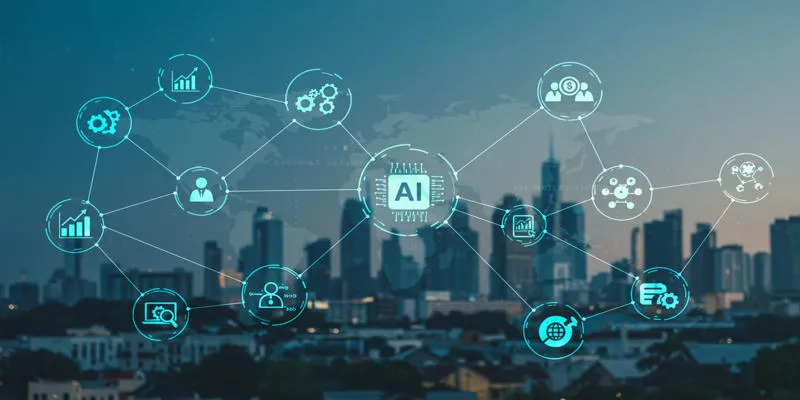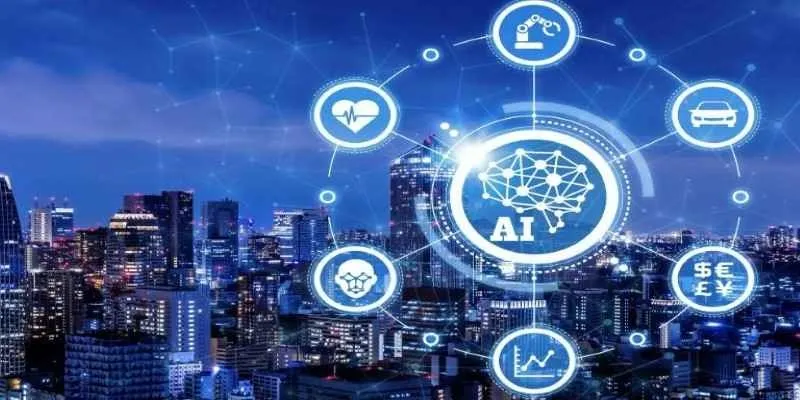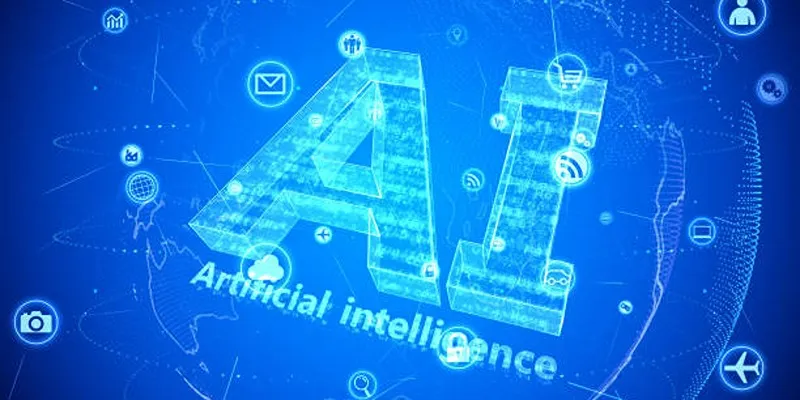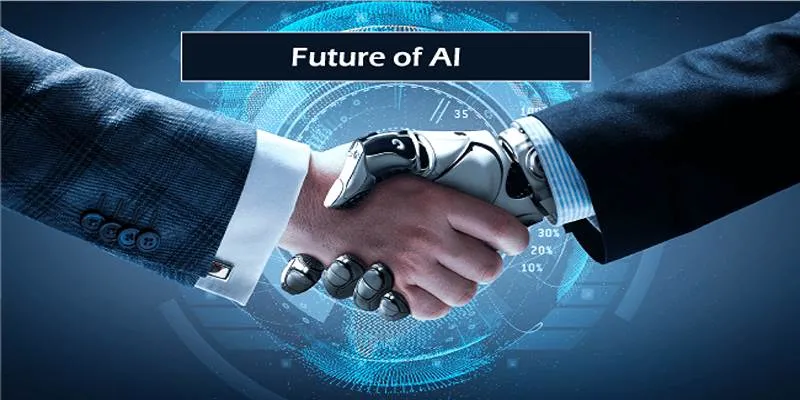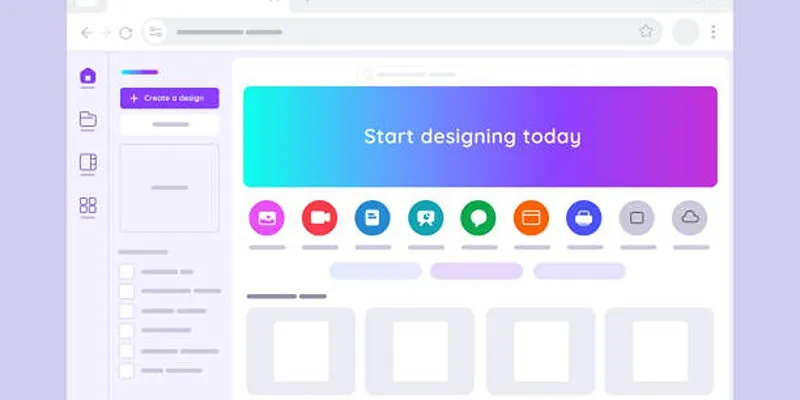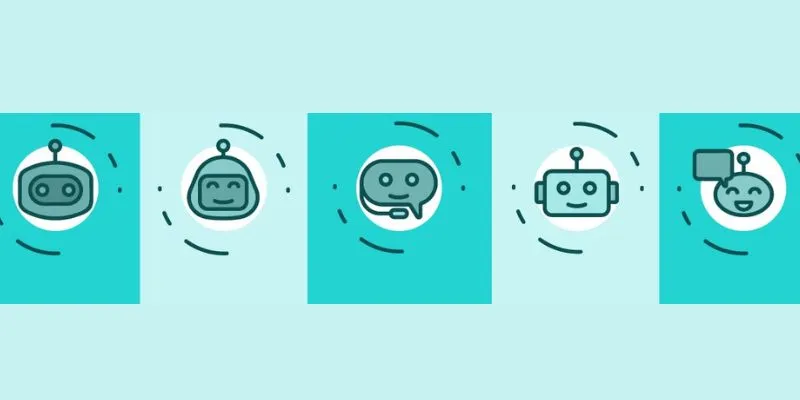Technology has always shaped the way we communicate, but artificial intelligence chatbots have taken it a step further. Instead of waiting on hold for customer support or searching endlessly for information, we now get instant responses from AI-powered assistants. These chatbots don’t just follow scripts—they learn, adapt, and respond in ways that feel increasingly human.
Whether answering questions, processing requests, or even offering recommendations, they’re becoming a vital part of digital interactions. But how do they really work? What makes them so effective? Understanding their inner workings reveals why they’re more than just a passing tech trend—they’re the future.
What Is an Artificial Intelligence Chatbot?
An artificial intelligence chatbot is a software program that simulates human conversation using AI-driven algorithms. Unlike basic chat programs that rely on scripted responses, these chatbots use natural language processing (NLP), machine learning, and deep learning algorithms to produce relevant and contextually sensitive responses. This enables them to process complicated interactions and learn to refine their responses over time based on user feedback.
AI chatbots are widely used in customer support, personal assistants such as Siri or Google Assistant, and even medical advisory systems. Their capacity to read massive amounts of data enables them to present fast and precise answers, minimizing the need for human involvement in most situations. The more they interact, the more they learn to read between the lines of human communication, rendering them more effective with every application.
How Do AI Chatbots Work?
At their core, AI chatbots work by reading user inputs, conducting intent analysis, and producing outputs from massive datasets. Various technologies propel the system:
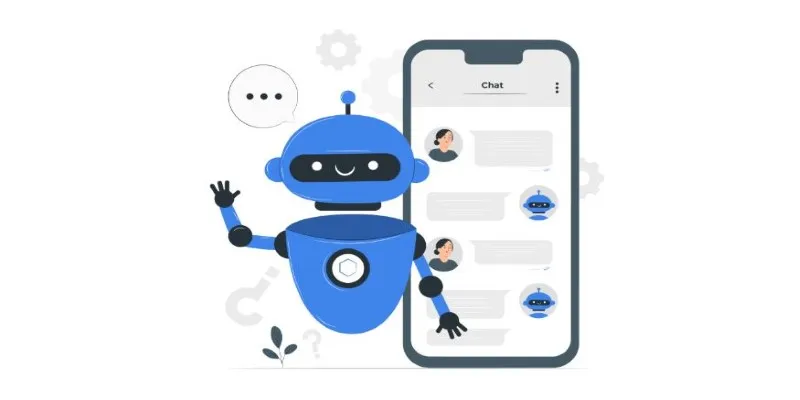
Natural Language Processing (NLP) allows chatbots to comprehend and decode human language, recognizing primary phrases and context. This helps them distinguish between sound-alike queries and offer correct answers.
Machine Learning is essential to enhancing chatbot intelligence. With each interaction, the chatbot learns from previous conversations, making its predictions of user needs more accurate and responding more naturally.
Deep Learning further enhances chatbot capabilities by mimicking the way the human brain processes language. Using neural networks, AI-powered chatbots can recognize patterns in data, making them more adaptive and accurate over time.
Backend Integrations also contribute to chatbot efficiency. Many AI chatbots are linked to databases, CRMs, and knowledge bases, enabling them to retrieve information and execute tasks like booking appointments, processing orders, or offering troubleshooting assistance.
By combining these technologies, AI chatbots can go beyond simple question- and-answer exchanges, engaging users in dynamic and personalized conversations.
Applications of AI in Different Industries
The rise of chatbot technology has transformed multiple industries by providing faster and more efficient solutions for communication and task automation. From customer support to healthcare, education, and finance, these digital assistants are streamlining operations and enhancing user experiences.
Customer Service
Automated assistants are transforming customer support by handling inquiries, resolving complaints, and offering product recommendations. Their instant responses reduce wait times and enhance user satisfaction. Many businesses use them as the first point of contact before escalating complex issues. With 24/7 availability, they provide uninterrupted service, improving efficiency and streamlining customer interactions.
Healthcare
In healthcare, conversational programs assist patients by answering medical queries, scheduling appointments, and tracking symptoms. They enhance patient- provider communication, offering quick responses while easing the burden on medical staff. Medication reminders and post-treatment care guidance further improve patient engagement, ensuring better adherence and overall healthcare efficiency.
E-Commerce
Online shopping platforms leverage AI chatbots to enhance customer experiences with personalized recommendations, product assistance, and order tracking. They streamline payments, answer inquiries, and improve engagement, boosting sales. By analyzing browsing behavior, they tailor shopping experiences, fostering customer retention and making online purchasing more intuitive and efficient.
Education
Virtual tutors in education assist students by answering questions, simplifying complex topics, and providing interactive study materials. They enhance accessibility by offering instant academic support, tracking progress, and creating personalized study plans. These adaptive tools cater to individual learning styles, making knowledge acquisition more engaging, efficient, and student-centered.
Finance
The financial sector leverages conversational AI for banking transactions, investment management, and fraud detection. These systems help users check account balances, transfer funds, and manage investments. By monitoring transactions for suspicious activity, they enhance security and alert users to potential fraud, ensuring safe and efficient financial operations.

With continuous technological advancements, digital assistants are expanding into new industries, automating processes that once required human intervention. Their growing intelligence and adaptability ensure they remain indispensable tools for businesses and consumers alike.
The Benefits and Challenges of AI Chatbots
AI chatbots offer numerous advantages, making them valuable assets for businesses and individuals alike. One of their biggest benefits is availability—unlike human representatives, they operate 24/7, ensuring continuous service. They also improve efficiency by handling multiple requests simultaneously, reducing response times and operational costs.
Another strength is scalability. Businesses can deploy chatbots to interact with thousands of customers at once, something that would be impossible with human agents alone. Additionally, AI chatbots provide consistent and accurate responses, minimizing human errors in information delivery.
However, AI chatbots also come with limitations. While they excel at handling structured queries, they may struggle with complex or highly nuanced conversations. Understanding slang, humor, or emotional context remains a challenge, as AI systems still rely on programmed logic rather than true human intuition.
Another concern is data security. Chatbots process large volumes of user data, raising privacy and security risks if not properly protected. Companies must ensure that chatbot interactions comply with data protection regulations to prevent unauthorized access or misuse of sensitive information.
Despite these challenges, advancements in AI continue to refine chatbot capabilities, making them more intelligent and reliable with each innovation.
Conclusion
AI chatbots are no longer just digital assistants; they are transforming how we interact with technology. From customer service to healthcare, they streamline processes, improve efficiency, and provide instant support. While challenges like data security and contextual understanding remain, ongoing advancements continue to refine their capabilities. As AI evolves, chatbots will become even more intelligent, bridging gaps between humans and machines. Their growing presence signals a shift toward more automated, responsive, and personalized digital experiences across industries and daily life.
 zfn9
zfn9

